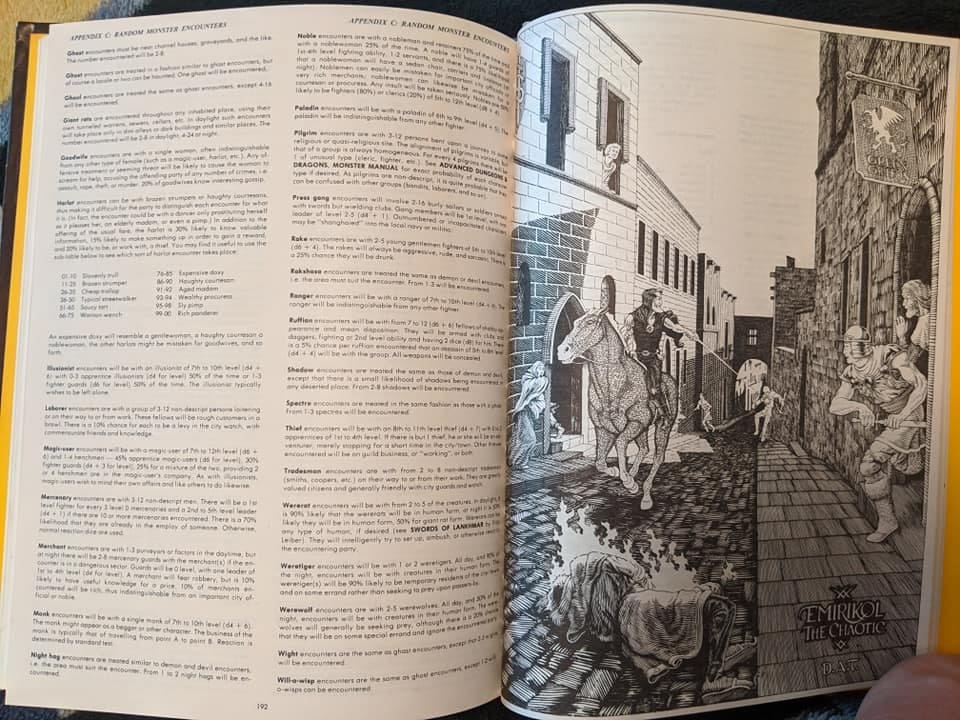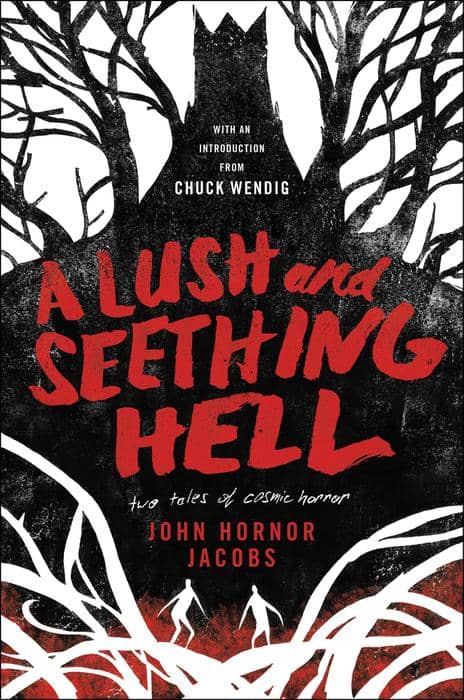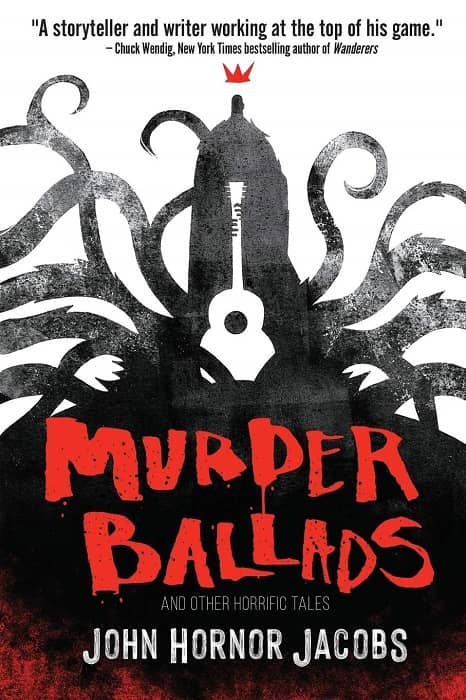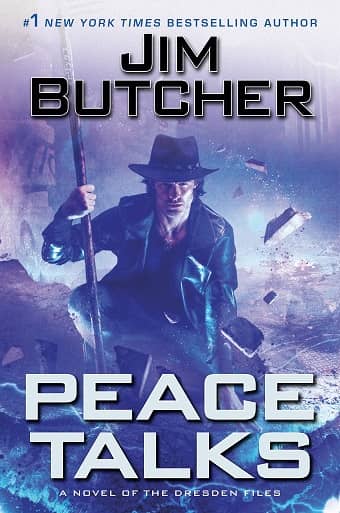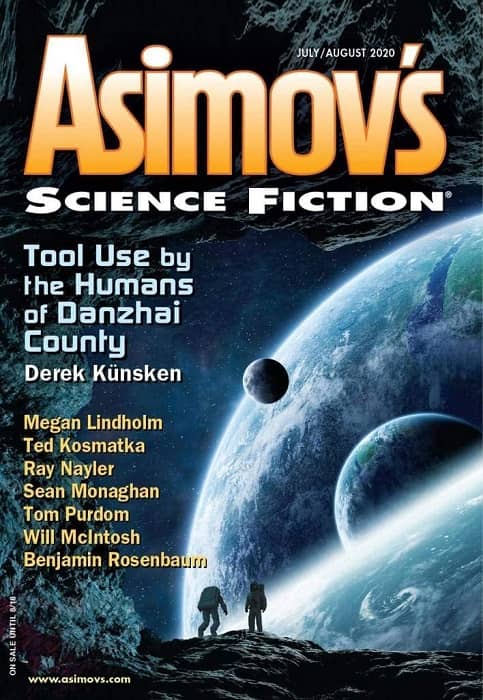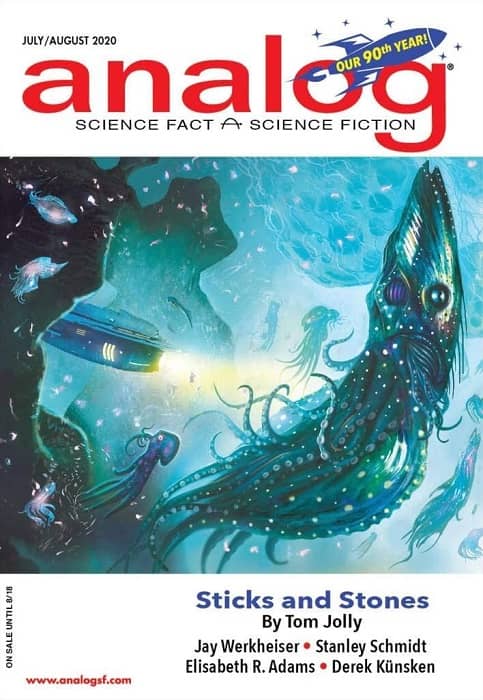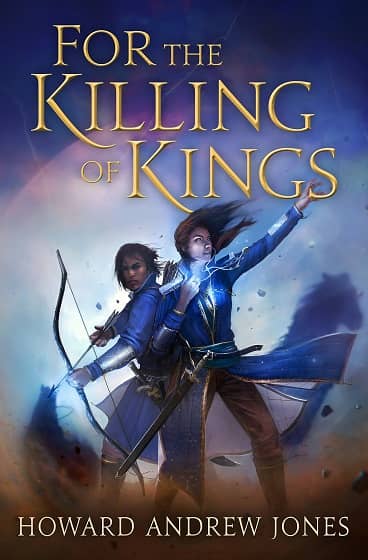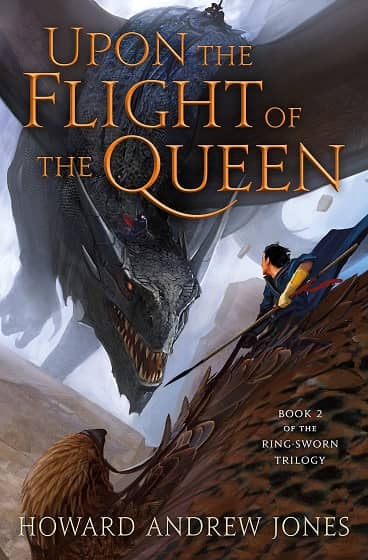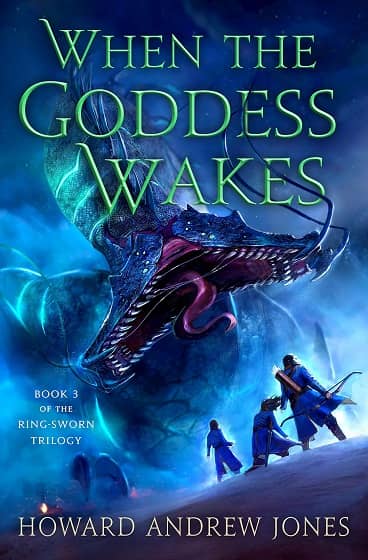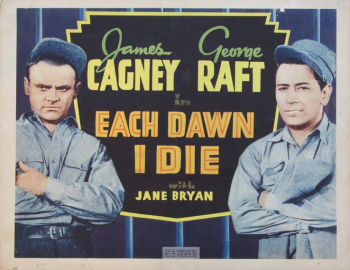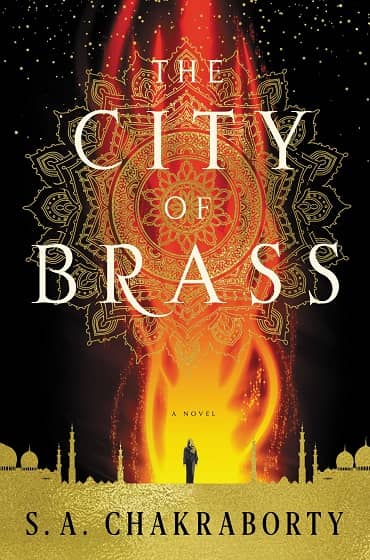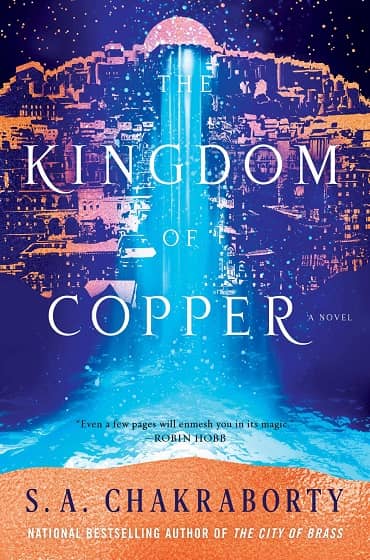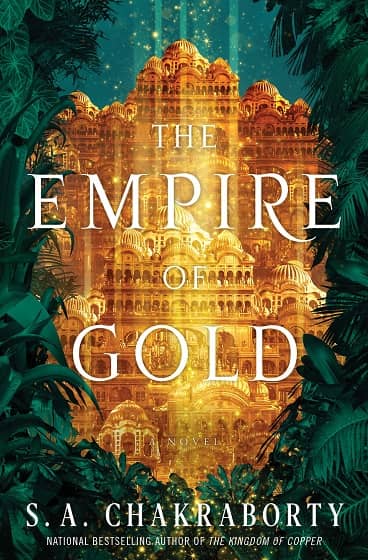The following is an excerpt from Rusty Burke’s essay for Robert E. Howard Changed My Life, an upcoming book from the Rogue Blades Foundation.
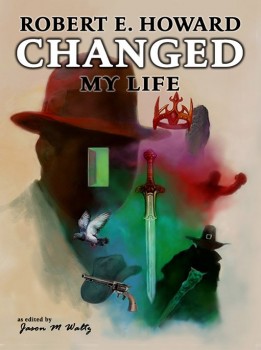
“We are what we pretend to be, so we must be careful about what we pretend to be.”
Kurt Vonnegut, Mother Night
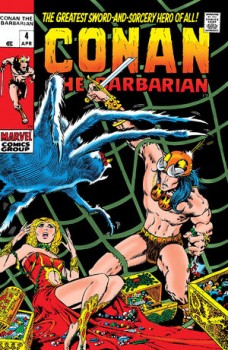 From the cradle to the grave, Life is one long roleplaying game. Every day presents us with new situations that require us to make choices, and those choices, while opening up new opportunities, will generally close off other possibilities. (Unless certain physicists are right, and each possibility opens a new universe. But that’s another essay altogether.) Of course, in Life the game is enormously complex, because each of us is playing many characters, many roles, often juggling several at once, and each of these roles is very interactive, depending to some degree on how other people respond to the character we are playing, and how we respond to theirs. Fortunately, most of us slide in and out of these roles unconsciously: if we had to actually think about what our role in the scene is and how we should play it, I think we would most likely flub our lines.
From the cradle to the grave, Life is one long roleplaying game. Every day presents us with new situations that require us to make choices, and those choices, while opening up new opportunities, will generally close off other possibilities. (Unless certain physicists are right, and each possibility opens a new universe. But that’s another essay altogether.) Of course, in Life the game is enormously complex, because each of us is playing many characters, many roles, often juggling several at once, and each of these roles is very interactive, depending to some degree on how other people respond to the character we are playing, and how we respond to theirs. Fortunately, most of us slide in and out of these roles unconsciously: if we had to actually think about what our role in the scene is and how we should play it, I think we would most likely flub our lines.
We don’t always recognize when we’ve come to a crucial decision point, one which will set the course for our future. Spring 1971: I was in college, in a Religious Studies class, and struck up a conversation with a guy who was doodling some great comics in his notebook. As we talked, I casually remarked that I’d given my comics, baseball cards, and other ‘kid stuff’ to my brother. Next class, Charlie Williams tossed a comic onto my desk and said, “Read that and tell me it’s kid stuff.”
It was Conan the Barbarian #4, “The Tower of the Elephant,” and the first page pulled me in. Not only was it my introduction to the work of Robert E. Howard, but Charlie guided me into the whole world of Marvel Comics, which for some reason I had missed. (I read Sgt. Fury and His Howling Commandos during a war comics phase when I was about twelve or thirteen, but somehow managed to be unaware that Marvel did superheroes, as well. I was a DC guy, especially Green Lantern and Batman, all the way. Probably poor distribution to the comics racks at the few stores in my community.)
…
Read More Read More
